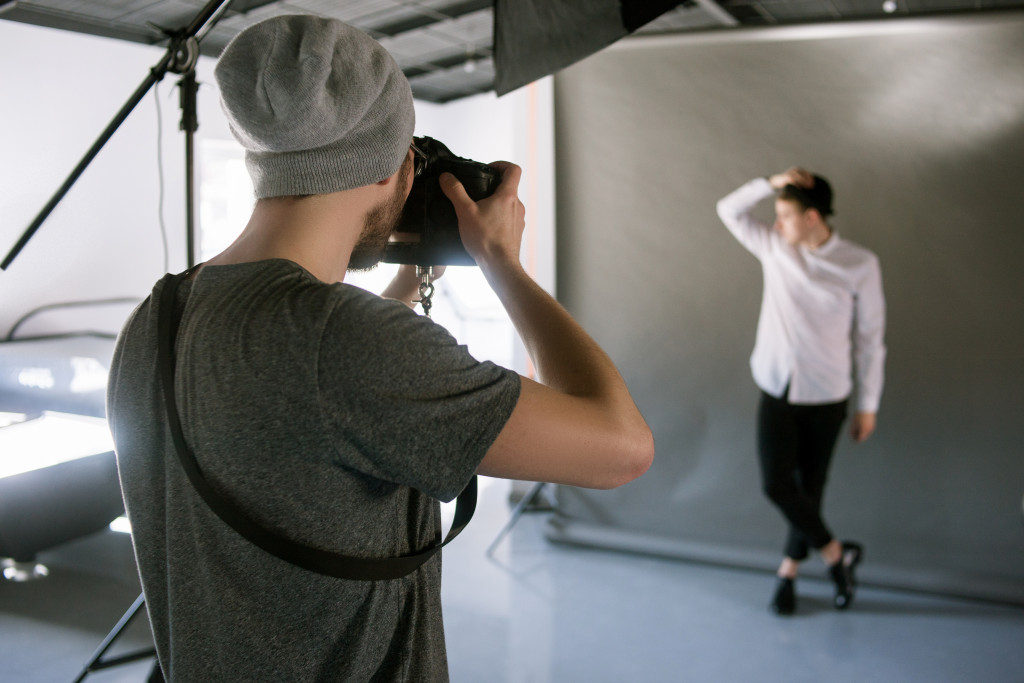Every business has been impacted in some way by the pandemic. Consumer behavior changes in a period of economic downturn or uncertainty. They prioritize essentials such as food or home mortgage payments while reducing spending on luxuries.
Photography businesses are among those that have been hurt particularly hard by this disruption. They provide services that are often deemed non-essential. And they rely a lot on the ability to travel and meet clients face-to-face. In an era of restricted mobility and social distancing, that’s a potentially crippling business handicap.
Even before the pandemic, though, photographers faced a growing challenge from factors beyond their control. The increasing improvements made to smartphone camera technology, along with the explosive growth of social media content, threatened to render old business models obsolete.
How have entrepreneurs in this domain responded? A close look will reveal lessons that may prove valuable not only to photographers but to business owners in general.
Pivots amid the pandemic
Like many small-to-medium enterprises (SMEs), photographers have had to deal with the reality that “business as usual” can’t continue. Some form of adjustment is necessary. A full-scale pivot might be called for.
Photographer Kim Brundage blogged about her experience with doing so on the fly. She had previously launched workshops on iPhone photography. That gave her an idea about the demand and how it could be translated into the virtual world.
The solution was simple: turn the workshops’ content into guides for users to create amazing headshots with their phones at home. Offering this digital learning product gave her a way to connect with an increasingly online-only audience.
Another adjustment Brundage made was to offer hassle-free, contactless headshot services. This came in the realization that high unemployment rates during the pandemic would mean a spike in job seekers updating their resumes. It allowed her to focus on providing relevant services in a time of need.
Other photographers have also learned the value of showing clients that they put safety first. This can mean studio precautions such as installing air purifiers or having a client’s companion carry out up-close direction instead of the photographer.
More importantly, though, it has brought the outdoors into play. The CDC has consistently emphasized that outdoor venues are safer for events and gatherings than indoor ones. Thus, executing a great shoot without access to the full set of studio equipment and lighting is proving to be a necessary skill.
Diversifying lines of business
 In the big picture, however, it’s more critical than ever for a photography business to be able to adapt and explore different income streams. This was true even before the pandemic.
In the big picture, however, it’s more critical than ever for a photography business to be able to adapt and explore different income streams. This was true even before the pandemic.
It wasn’t just that casual smartphone users could capture and edit their own photos for good-looking results. The trend towards authenticity and newfound mass availability (through social media or sites like Unsplash) threatened to make business models untenable.
Keeping this in mind, SMEs in the photography industry found greater incentive to explore alternative revenue streams. Commissions, such as photo shoots and editorial assignments, and services such as post-processing and printing, didn’t have to be the only means of generating income.
A business could supplement its main line with passive income on the side by selling image license rights through the right channels. They could also open up new streams by creating custom merchandise, from mugs and T-shirts to virtual screen savers and ebooks. And they could also opt to rent out some of their idle cameras or studio equipment to aspiring new and intermediate local photographers.
These trends continue to hold in the new reality, and so do the options available. Businesses have to accept that it’s practically a requirement to diversify their means of earning today.
Final takeaways
SMEs in any industry can learn from how photographers, among the most vulnerable to recent disruption, have adapted successfully to a changing world.
Traditionally, their skills require physical involvement. But the job also has an extensive knowledge-based component. Sharing this knowledge with consumers creates a relevant service that addresses audience needs.
Making swift changes to prioritize safety in the way you do business sends a vital signal of humanity to consumers. During a crisis, the last thing people want is self-interested messaging. Demonstrate that you aren’t going to put employees or customers at risk to make a profit. Rather, you’ll make efforts to find creative solutions to do business safely.
Finally, hunker down and really explore the different models for income generation. As difficult as it seems, photographers continue to find ways to earn when facing free or low-cost competition. Diversify in the same way, and your business can likewise thrive.

